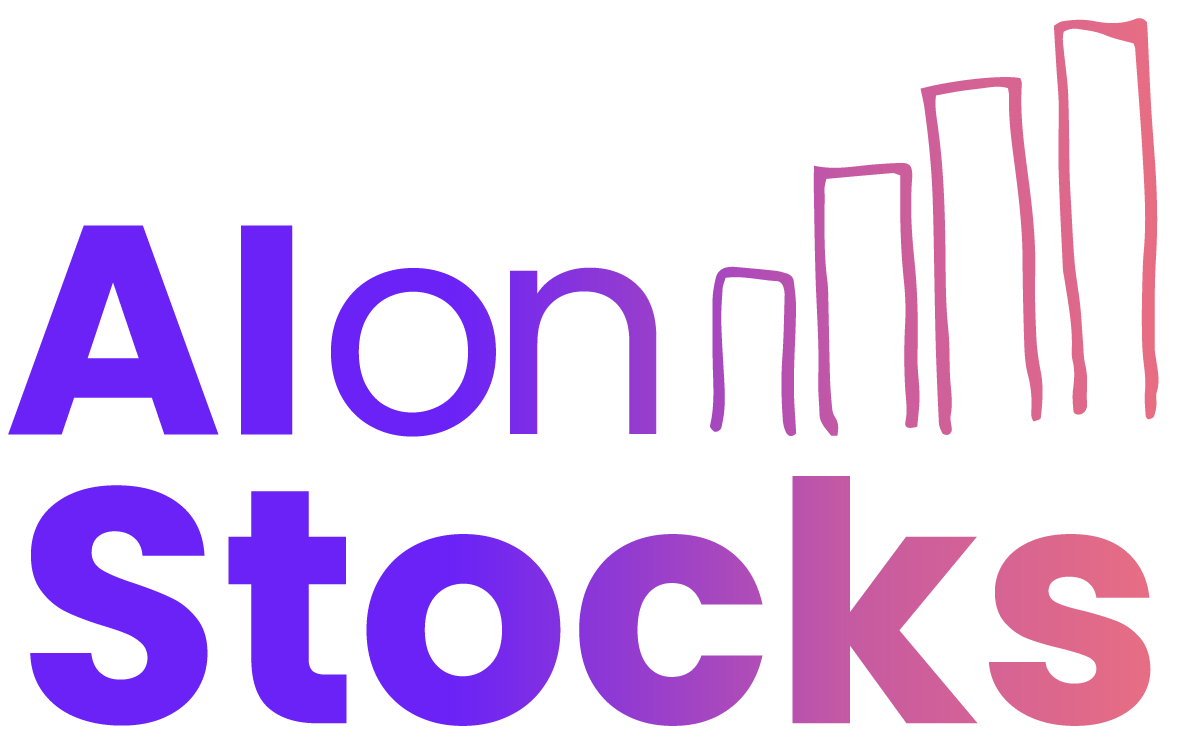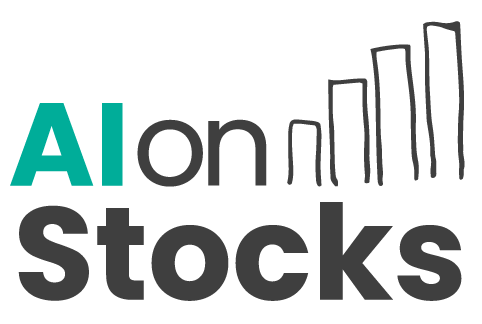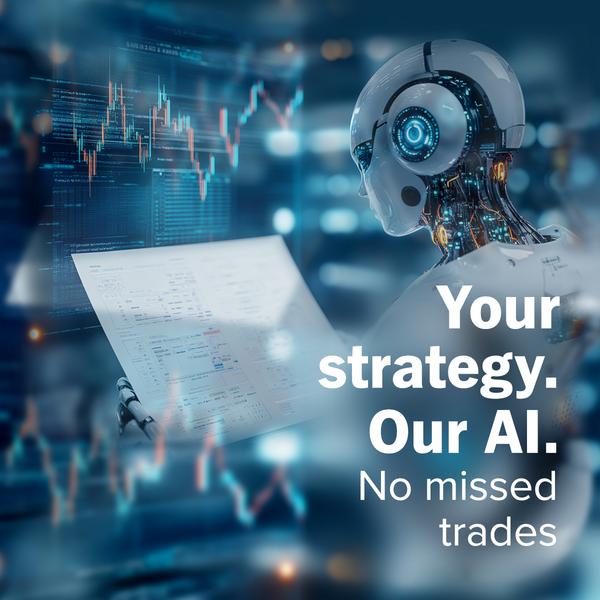Smarter Patterns, Better Trades: How AI is Enhancing Chart Analysis
In the fast-paced world of financial trading, decisions made in milliseconds can mean the difference between profit and loss. Chart analysis has long been a cornerstone of strategic trading, guiding investors by identifying patterns and trends. But with artificial intelligence (AI) now firmly embedded in the financial sphere, a transformational shift is underway. AI trading chart analysis is reshaping how traders interpret market data, uncover hidden signals, and execute better-informed trades. This evolution isn’t just about automation—it’s about precision, speed, and smarter decision-making.
The Power of Chart Analysis in Trading
Before exploring the AI-driven future, it’s important to understand the fundamental role chart analysis plays in trading today. Chart analysis, often referred to as technical analysis, involves examining price movements, volume data, and other market indicators visually represented on charts. Traders use these charts to identify trends such as support and resistance levels, momentum shifts, patterns like head-and-shoulders, triangles, and candlestick formations. The objective is to forecast future price behaviour and time market entries or exits accordingly.
However, traditional chart analysis relies heavily on human interpretation. This introduces a degree of subjectivity, inconsistency, and emotional bias. With countless assets and data points to track across multiple timeframes, even the most seasoned analysts can struggle to keep up. That’s where AI enters the equation with vast potential to enhance—if not reinvent—the process.
What Is AI Trading Chart Analysis?
AI trading chart analysis integrates machine learning algorithms, neural networks, and deep learning models to recognise and learn from massive streams of historical and real-time market data. These algorithms can detect complex patterns and non-linear relationships that would be virtually impossible for the human eye to identify consistently. Unlike static trading strategies or classic chart pattern recognition, AI adapts and evolves, refining its models as fresh data streams in.
By leveraging structured and unstructured data—from candlestick charts to news sentiment and macroeconomic indicators—AI can generate insights with greater speed and accuracy. And thanks to backtesting capabilities, these insights are not just speculative; they’re grounded in rigorous statistical validation.
How AI Improves Traditional Technical Analysis
Pattern Recognition at Scale
Humans can identify only a limited number of patterns, and only after years of practice and study. AI, on the other hand, can be trained to recognise hundreds of patterns across thousands of assets and timeframes simultaneously. Whether it’s a symmetrical triangle forming on a 15-minute chart or a divergence in price and volume over weeks, an AI model can detect and flag opportunities in real time, 24/7.
Reducing Human Error and Emotion
One of the notorious challenges in trading is emotional decision-making. Fear and greed often cloud judgment, leading to poor entries or untimely exits. AI trading systems eliminate this variable entirely by sticking to data-driven decisions without emotional influence. By staying consistently impartial, AI chart analysis helps maintain discipline across volatile markets.
Speed and Computational Accuracy
Even the most efficient human analyst might take several hours to perform comprehensive evaluations across multiple markets. AI systems can execute the same tasks in seconds. When milliseconds matter—as they often do in trading—this lightning-speed analysis offers a genuine competitive edge. AI also avoids computational errors, ensuring each signal is as accurate as possible within its design limitations.
Machine Learning Models Behind Chart Analysis
Behind every intelligent AI chart analysis system lies a carefully constructed machine learning model. These models are trained on historical price data to detect correlations and identify profitable setups. For example, convolutional neural networks (CNNs), commonly used in image recognition, are being adapted to interpret chart patterns visually, enabling the machine to “see” charts similarly to human traders—but with far greater precision.
Meanwhile, recurrent neural networks (RNNs) and long short-term memory (LSTM) models are used to detect patterns in time-series data, making these ideal for forecasting price movements based on past trends. The goal is to transition from mere reaction to anticipation—predicting the next move before it happens.
The Practical Applications of AI in Live Trading
AI trading chart analysis is no longer confined to research labs or hedge funds. Retail investors are increasingly gaining access to AI-powered tools that offer enhanced technical analysis capabilities. Platforms now offer automated pattern recognition, predictive analytics, and risk scoring—all embedded within familiar charting interfaces.
Moreover, AI doesn’t function in isolation. It integrates into broader algorithmic trading systems, triggering buy or sell signals, optimising position sizing, or adapting stop-loss orders in real time. This creates a feedback loop where chart insights immediately translate into actionable strategy adjustments—all without manual input.
Risks, Limitations, and Ethical Considerations
Of course, AI is not infallible. Machine learning models are only as good as the data they’re trained on, and poor-quality or insufficient data can skew outcomes. There’s also a risk of overfitting, where models perform well on historical data but falter in live scenarios. Traders using AI must still validate signals and understand the logic behind the model rather than relying blindly on outputs.
Ethically, AI trading raises questions about market fairness and accessibility. As institutions deploy increasingly sophisticated algorithms, there’s concern over whether retail traders will be left behind or manipulated by faster, more capable systems. Transparency in algorithms and democratisation of AI tools are key to ensuring a balanced trading ecosystem moving forward.
The Future of AI Trading Chart Analysis
AI trading chart analysis is at an inflection point. As technology continues to evolve, these systems will become more user-friendly, more intuitive, and more predictive. We’re likely to see increased integration of natural language processing to interpret news headlines, social sentiment, and geopolitical events—all layered onto traditional chart data for a multidimensional outlook.
Ultimately, AI’s role isn’t to replace human traders entirely, but to augment their abilities. By automating the mundane and uncovering hidden insights, AI empowers traders to focus on strategy, risk management, and overall portfolio health with a level of foresight never previously possible.
Conclusion
Smarter patterns lead to better trades—that’s the promise AI trading chart analysis delivers. By combining the best of human intuition with the power of machine learning, traders can navigate complex markets with greater clarity and confidence. While challenges remain, the path forward is paved with opportunities for those ready to embrace this technological evolution with both caution and curiosity.


